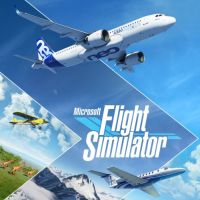Microsoft Flight Simulator: Cruise
From this section of the Microsoft Flight Simulator game guide you will learn how to set a plane in horizontal flight at a fixed cruise altitude. We suggest how to make such a flight without the help of Autopilot.
The main point of each flight is a peaceful cruise at the chosen altitude. Just like during the earlier stages, it requires some preparation procedures and more monitoring later on.
1 - When you reach the desired ceiling, gently push the bar forward to level the flight. The plane will start to gain speed.
2 - Reduce engine power to about 2200 RPM.
3 - The vertical speed indicator should oscillate around zero, and the orange line on the artificial horizon should be right in the middle. Trim the aircraft again (nose down, nose up - 7 and 1 on the numeric keypad) to maintain this position without holding the controls.
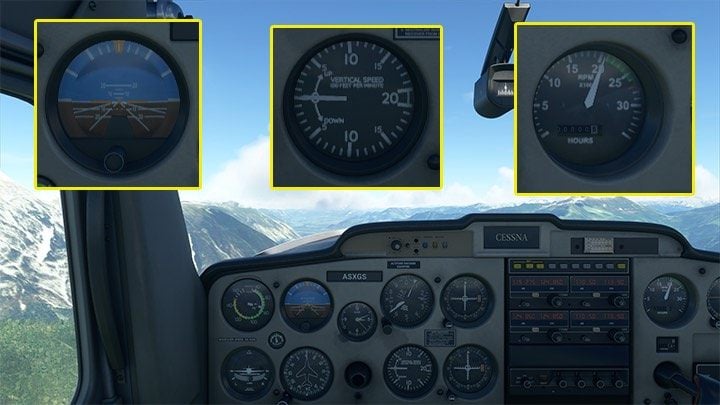
4 - Adjust the fuel mix to cruising speed to get as much speed as possible with reduced engine revs.
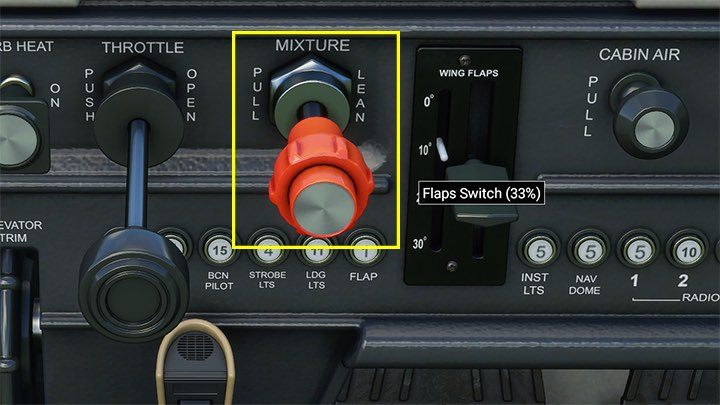
5 - Keep the top edge of the cockpit, or actually the engine cover (cowling) slightly below the horizon. It's much more convenient than keeping an eye on the indicators, though don't forget to look at them from time to time. Instead of looking at the numbers of the course indicator, select a point on the horizon, on the horizon, such as a peak, and head for it (this can be difficult with flat, sparse terrain.
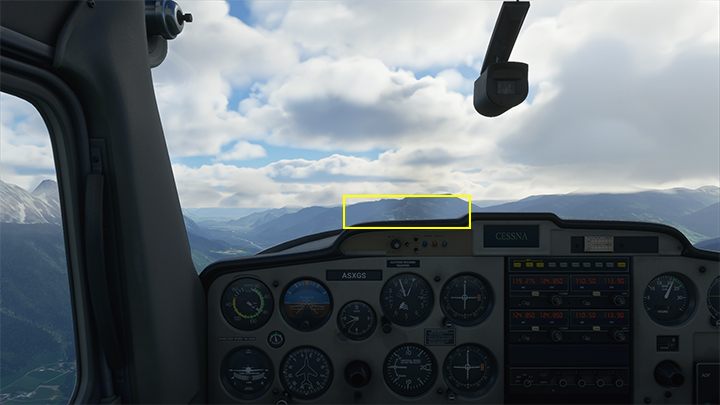
6 - During training and learning you can bend the realism a little and turn on the GPS map by pressing the V button. You can check it to see if you have strayed too far from your destination. Your plane should be moving along the pink line. Nothing is going to happen when you'll fly a little bit next to it on the right or left. If the flight lasts several minutes, press the D key every 15 minutes to calibrate the course indicator.
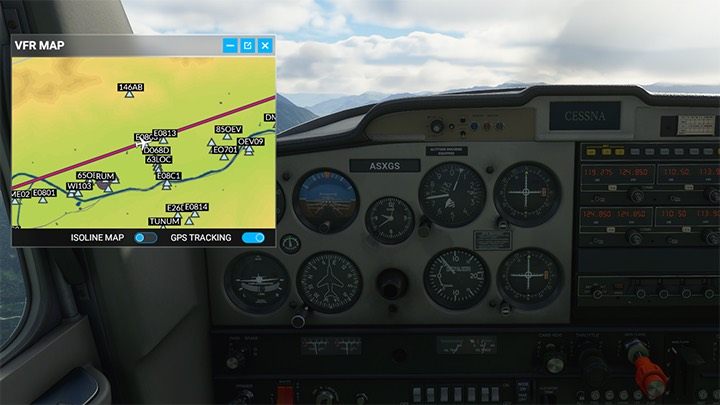
7 - Remember! A plane without Autopilot will not reach its destination alone. Throughout this stage of the flight at cruising altitude, you will need to keep track of the course, trim and other parameters so that they do not deviate from the previous settings.
- Microsoft Flight Simulator 2020 Guide
- Microsoft Flight Simulator: Game Guide
- Microsoft Flight Simulator: Flying school
- Microsoft Flight Simulator: Analog cockpit
- Microsoft Flight Simulator: Flight Plan - basics
- Microsoft Flight Simulator: Take-off
- Microsoft Flight Simulator: Change of direction - flying on course
- Microsoft Flight Simulator: Climb
- Microsoft Flight Simulator: Cruise
- Microsoft Flight Simulator: Descent
- Microsoft Flight Simulator: Landing
- Microsoft Flight Simulator: Flying school
- Microsoft Flight Simulator: Game Guide
You are not permitted to copy any image, text or info from this page. This site is not associated with and/or endorsed by the developers and the publishers. All logos and images are copyrighted by their respective owners.
Copyright © 2000 - 2025 Webedia Polska SA for gamepressure.com, unofficial game guides, walkthroughs, secrets, game tips, maps & strategies for top games.
